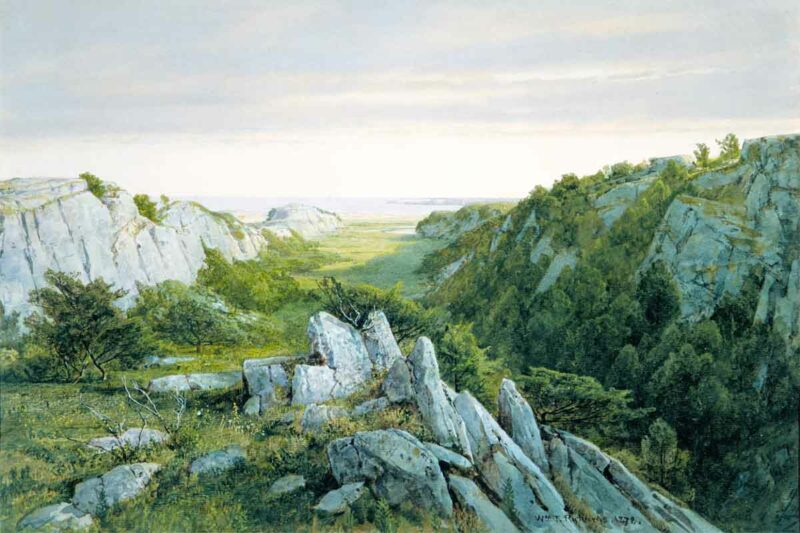How Different Groups Must Have Different Traits
When the dust settles on our scientific analysis of history, we will likely find a universe primed toward life: not only creating it, but refining it toward intelligence, with the purpose of making a self-analytical system. Perhaps ultimately the universe creates the creators of the next universe.
Recent research shows us how biology arises from geology as if it were a feature not a bug of the system:
“We considered a setting of gas flowing over an open rock pore filled with water, without any change in temperature, and found that the combined gas and water flow can trigger salt fluctuations which support DNA replication.”
This goes against previous theories, which had held that life was a bit of an anomaly formed only under extremely rare conditions. Instead we see a universe that fosters the formation of life as if by design, meaning that we are unlikely to be alone in the wider universe.
Part of the process of life is to constantly “fork” or produce branches in parallel like a kind of A/B testing. That is, if you have one variant, you create another, and see which one works better. Oftentimes it turns out that they work better under different conditions, and separate accordingly.
Much like the inherent drive to produce life itself, the universe seems to favor producing subspecies or cultivars, landraces, races, and ethnicities:
Serendipity led to another chance discovery. They received a fresh shipment of fish mid-study that looked like the originals, but the new fish, Allard said, did not dig and find buried prey or capsules like the originals could. “I thought they were just some duds, or maybe the setup didn’t work,” Bellono recalled.
It turned out the researchers had acquired a different species of sea robin. In their studies, they ended up characterizing them both—Prionotus carolinus, which dig to find buried prey and are highly sensitive to touch and chemical signals, and P. evolans, which lack these sensory capabilities and use their legs for locomotion and probing, but not for digging.
Examining the leg differences between the two fish, they found that the digging variety’s were shovel-shaped and covered in protrusions called papillae, similar to our taste buds. The non-digging fish’s legs were rod-shaped and lacked papillae. Based on these differences, the researchers concluded that papillae are evolutionary sub-specializations.
In this case, what seemed to be the same species of fish split into two sub-species, analogous to races. One digs for prey, and the other hunts on the ocean floor. Undoubtedly each species finds environments where it succeeds; in areas where digging produces prey, the former will prevail, but in rockier areas, the latter might.
This suggests that biology itself forms of a kind of language in constant dialogue with itself. It generates abundance, then sorts it, testing for which works best in each type of environment. This means that race is a feature of nature, not an accident as humans like to believe.
Even more, it suggests that if we listen to the language of biology, we can see how ecosystems collaborate to form groups that interact without being identical. Nature favors resilient systems where not everyone is the same and instead, are able to interact from different positions of strength:
The plant internet gives us an idea of how life tends to operate:
A great deal of plant-to-plant communication happens below ground, facilitated by large fungal networks known as the “wood wide web”. This network of fungi connects trees and plants underground, allowing them to share resources like water, nutrients and information. Through this system, older trees can help younger ones grow, and trees can warn each other about dangers such as pests.
It’s like an underground internet for trees and plants, helping them support and communicate with each other. The network is extensive, with over 80% of plants believed to be connected, making it one of the oldest communication systems in the world.
Nature separated the plants and fungi, then the plant species, and finally the cultivars, producing an ecosystem of unequals working together toward prosperity for all. As it turns out, this makes for a more resilient system than identical units, and similarly, human races and ethnicities strengthen the human ecosystem.
Tags: cultivars, ecosystems, ethnicity, landraces, race, sub-species










